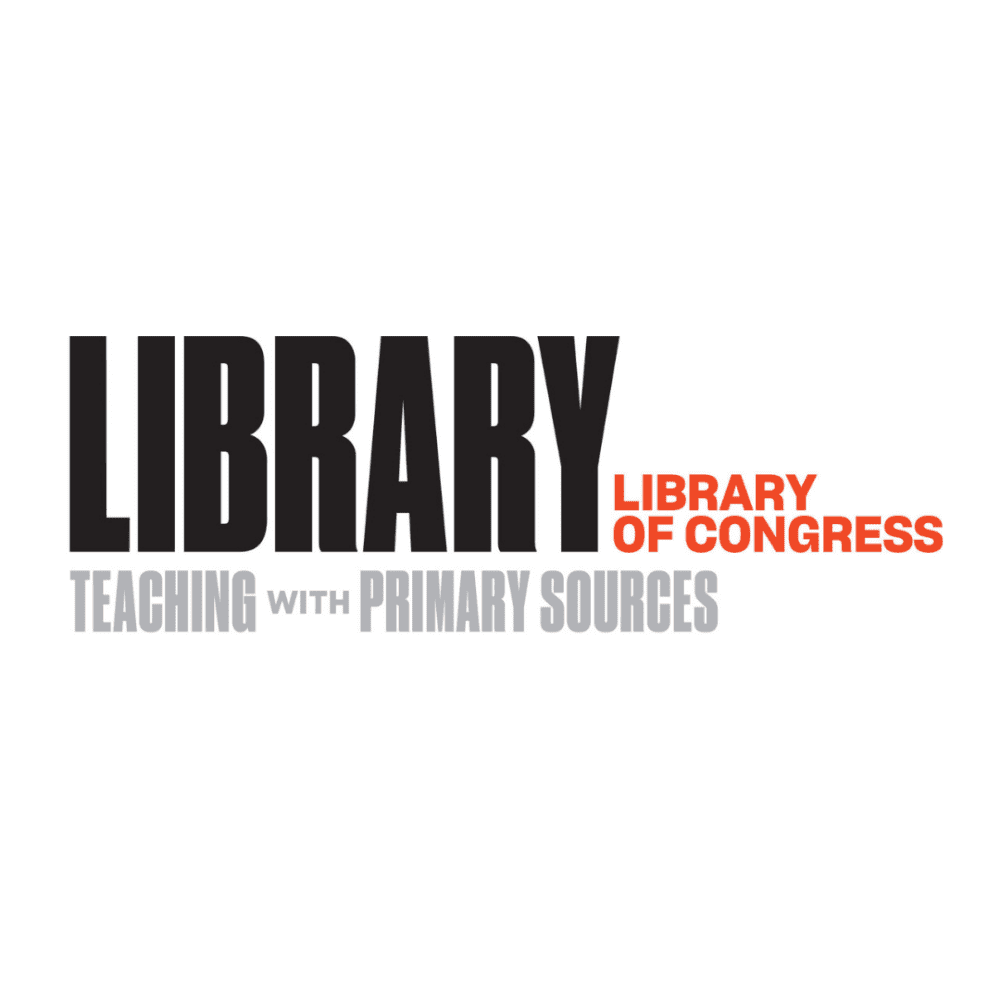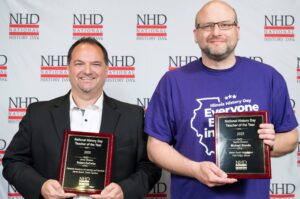This story originally appeared in the Portland Press Herald on October 29, 2024. Access the original story here.
Maine middle school student David Gilbert submitted his short film on the Americans with Disabilities Act to a National History Day contest and won the opportunity to speak with famed documentarian Ken Burns.
For David Gilbert, a budding filmmaker and Greely Middle School eighth-grader, the Americans With Disabilities Act is not just an abstract policy. The landmark 1990 law has ensured that Gilbert, who is severely dyslexic, has reasonable accommodations in school – like the ability to use text-to-speech technology. “My brother is also autistic, so the ADA meant a lot to us,” said Gilbert.
As a tribute to the law and the disability rights movement, Gilbert produced a film – “The ADA: A Turning Point in Ensuring Access to Civil Rights” – for a National History Day contest. A nonprofit education organization, National History Day encourages the learning of history through research projects that are entered into competition.
His 10-minute film earned the recognition and praise of none other than Ken Burns, one of the foremost American documentarians.
Gilbert’s film won third place in the individual junior division (Grades 6-8) in the 2024 Next Generation Angels Awards. The Better Angels Society, an organization advancing education and civic engagement through documentary film, works in partnership with National History Day to put on the awards. The awards are meant to recognize “well-researched history filmmaking in the model of renowned documentarian Ken Burns.”
Gilbert had a chance to fly down to Washington, D.C., for a ceremony at the Library of Congress, where he met Burns in person. The ceremony was “definitely the fanciest thing I’ve ever been to,” he said. “They had hors d’oeuvres and you’d look up and there’d be the beautiful artwork above you.”
Later, prize winners also had the chance to have a Zoom session with Burns to talk about their films. Gilbert said it was “incredible” to have “the greatest documentary filmmaker of all time talk with you about your documentary, and know he watched it.”
Gilbert said he was struck by Burns’ insight. “Just watching it once he knew exactly what you had trouble with. Something I had trouble with … is it’s really hard to tell a story when there’s not a person or really an event, but just a slow, gradual grassroots effort. He knew that that was difficult,” he said.
The film starts with a newscast from July 1990 announcing that the Senate had passed its version of the ADA. President George H.W. Bush would sign the law, which prohibits discrimination against America’s largest minority in everyday activities, later that month.
Narration from Gilbert guides the viewer through how we arrived at that moment in 1990. “Throughout history, disability was perceived as a problem requiring a solution, not an integral aspect of identity,” according to Gilbert. The film discusses forced sterilization of disabled people in the early 20th century, and other laws that effectively excluded disabled people from society.
Later, disabled activists and people began to organize, adopting the tactics of the Civil Rights Movement, like sit-ins and rallies, including a rally in March 1990 in support of the ADA, where protestors got out of their wheelchairs and climbed up the steps to the U.S. Capitol. “The so-called silent minority wasn’t so silent anymore,” Gilbert says in the film.
The film then focuses on the successful fight to remove the Chapman Amendment from the ADA prior to passage. The Chapman Amendment would have permitted restaurant owners and other employers to move workers with communicable diseases like AIDS to non-food handling positions, despite the lack of evidence that AIDS can be passed through food handling.
All around the country, students who participate in National History Day have the chance to work on projects like these. Students can enter projects within five creative categories across two divisions (one for Grades 6-8 and the other for Grades 9-12). A student could make a documentary, exhibit, performance, website or write a paper exploring a specific theme in history. Students can participate in the contests as groups or individuals.
Gilbert participates in a National History Day club at his school, which is headed by teacher Katie Cassesse, where he was able to get feedback and support for his project.
This was not his first year making a film for NHD – he made one last year about the Arctic explorer Matthew Henson – which is how he picked up his video editing skills.
While learning to use video editing programs has been trying, he said the actual history research comes naturally to him.
“I’ve always loved history … so I very much enjoyed it. You know, just reading books, finding sources online. Something NHD taught me is that you always want to go to the primary source, because I could put secondary and primary sources right next to each other and see the difference and the inaccuracies in the secondary source,” he said. Conducting interviews – like with a famous disability activist – was nerve wracking but ultimately rewarding, he said.
So the million-dollar question: Does Gilbert want to be the next Ken Burns one day?
“I have my sights more on the medical field, but it’s a little too early to tell,” he said. “I got time.”




